
Grab a pair of headphones and a lighter to wave in the air. Ready? Then let’s rock.
When you’re trying to bring your report to a conclusion, do you ever feel like Paul McCartney at the Olympics opening ceremony, rehashing the same points (‘na na na nananana …’) as the audience sneaks quietly for the exits? Or do you take the John Lennon approach in ‘I Want You (She’s So Heavy)‘ and crash to a sudden halt?
Endings can be tough to write, but they’re so important. You want to send your reader away thinking about what they’ve read – or even persuade them to make a decision right there and then. Going out with a whimper isn’t an option. Here’s Neil Sedaka demonstrating just how awkward a bad ending can be – ‘Breaking up is hard to do‘ indeed.
Four types of conclusion: PQRS
If your report includes recommendations, you’ll already have stated them in the executive summary and supported them throughout the document. So your conclusion should contain no surprises – no Brotherhood of Man-style twist.
There are four basic types of conclusion you can use, summed up by the letters PQRS: Predict, Quote, Repeat or Summarise.
Predict the future (Take my hand and we’ll make it I swear)
There are two main ways you can use predictions. If your report is about a decision already taken, you can use the ending to sum up the effects you expect to see. For example:
‘The council continues to expand its recycling scheme at an incredible rate. We will soon be recycling over 40% of our waste.’
But if the purpose of your report is to persuade the reader to take a certain action, predicting what will happen if they don’t take that action can be a persuasive tactic. For example:
‘Unless we expand our recycling scheme, we are almost certain to fall short of our targets for this year and to perform worse than both of our neighbouring councils.’
Then follow this up with a prediction of how things will be different if they take your advice. You’ll already have mentioned this in the body of the report, but you should crank it up a gear in the conclusion.
Think ‘Livin’ on a Prayer‘, where the key changes for the final chorus. (Getting a shaggy perm is optional, but we’d admire your dedication.)
Quote (Who’ll come a-waltzing Matilda with me?)
If you do it with care and justification, ending with a quotation can be powerful. But don’t be tempted to stray into show-off territory; this isn’t the time to demonstrate your encyclopaedic knowledge of Latin or Shakespeare.
A relevant and pithy quote from someone influential and well-informed, however, can be persuasive. It could be someone you’ve already cited in the report, or someone new. For example:
‘As the Chairman of Lambeth First says: “The Lambeth No Knife Charter won’t on its own stop people carrying knives. But if we can make it hard for people to get hold of knives and reduce the number in circulation, then that is a step in the right direction.”‘
This works on two fronts: first, it reinforces your message, showing that others support you. And second, it offers a slightly different angle, and often a chance for a personal opinion.
Here are The Pogues, doing it very well in Eric Bogle’s ‘And the Band Played Waltzing Matilda‘. After seven-and-a-half minutes of the horror of war, it cuts to the original song, with the old soldier – now a double amputee – asking ‘Who’ll go a-waltzing Matilda with me?’
Repeat a major issue (Seriously, she is totally buying a stairway to heaven)
This can be tricky. You don’t want your reader to feel like you’re repeatedly bashing them over the head with the same message. But at the same time, you do want them to walk away with that message in their head.
Basically, you want to bash them very gently, without them noticing. The secret is to keep it brief, to-the-point and memorable. For example:
‘Today, Lambeth – like all councils – faces a major challenge due to the increased uptake of adult health and social services. It is vital that we secure additional funding.’
Go for the Led Zeppelin effect. When Robert Plant finishes his slow, deliberate howl at the end of ‘Stairway to Heaven‘, you’re in no doubt about what the protagonist is buying, but you don’t feel as if you never want to hear about a stairway ever again.
Summarise (Where do we go now?)
When summarising, resist the urge to go over all your points again, and keep it brief. Your summary should just bring together your main points, and reinforce any recommended plan of action. For example:
‘The new programme aims to make “every Lambeth child a talker” by involving parents as well as professionals in children’s language development. In the first two years it will concentrate on 20 groups of pre-school children, but it will then link with other groups to pass on good practice.’
This example includes both a summary and a prediction – you can combine the different endings to make the right conclusion for your document.
Most importantly of all, you’re looking to be concise, memorable and powerful. Think the impact of ‘Sweet Child o’ Mine’, but with less ‘where do we go?’ and more ‘this is where we go’.
Conclusions, in conclusion
Most importantly of all, your ending needs to be arresting and to leave a lasting impression. Not for you, the gradual fade out. Use the techniques above and aim for a grand finale. Rock on!
To learn more about making report writing a much easier and less painful task, check out our free webinar recording How to turn your expert analysis into exceptional reports. It’s ideal if you have to write reports to colleagues and clients as part of your day-to-day job – whether that’s as a traditional written report or as a slide deck.
Image credit: fizkes / Shutterstock





